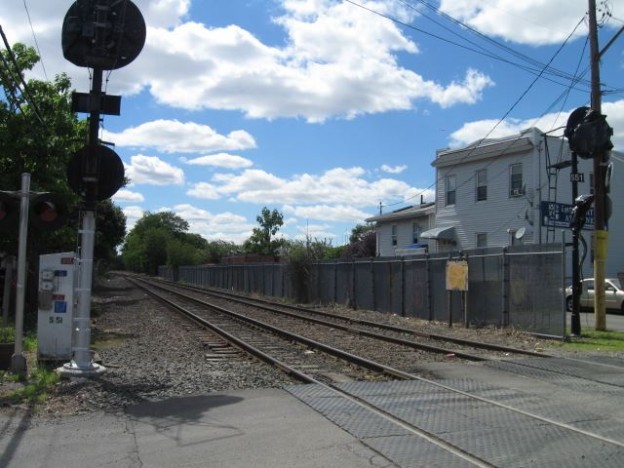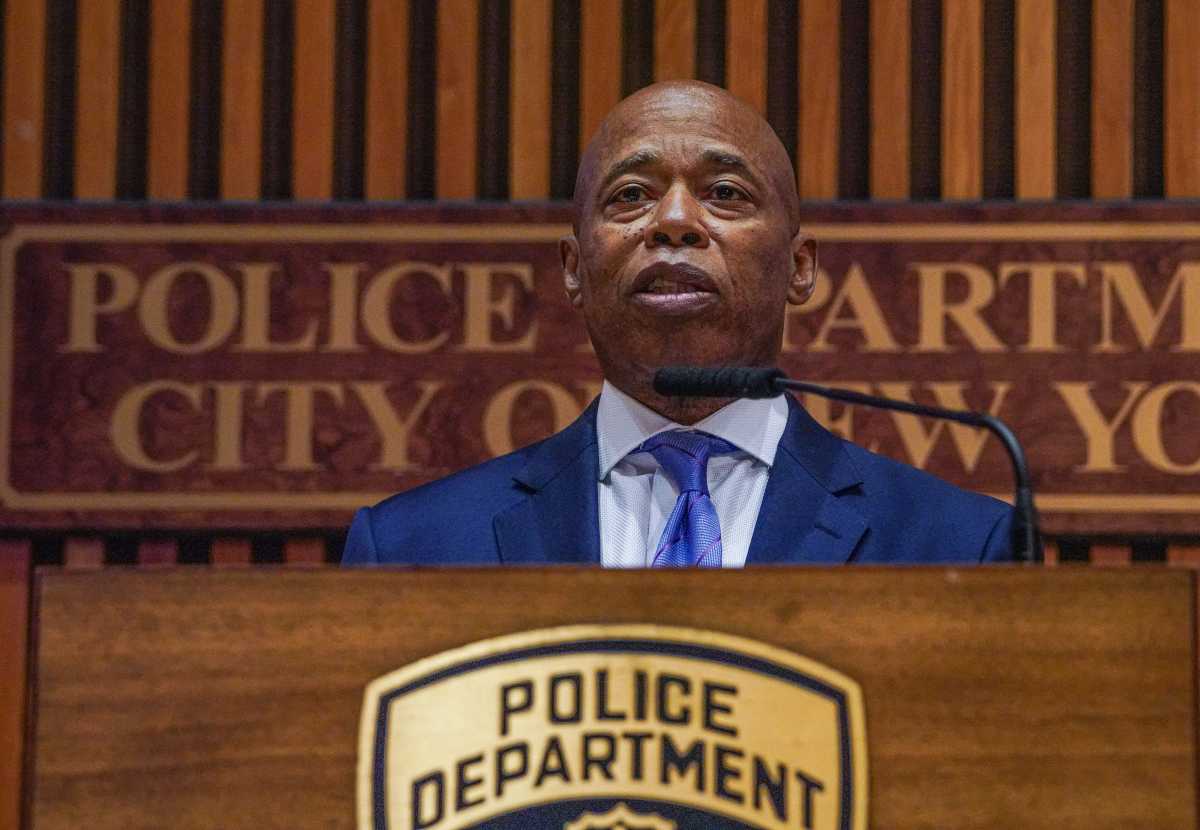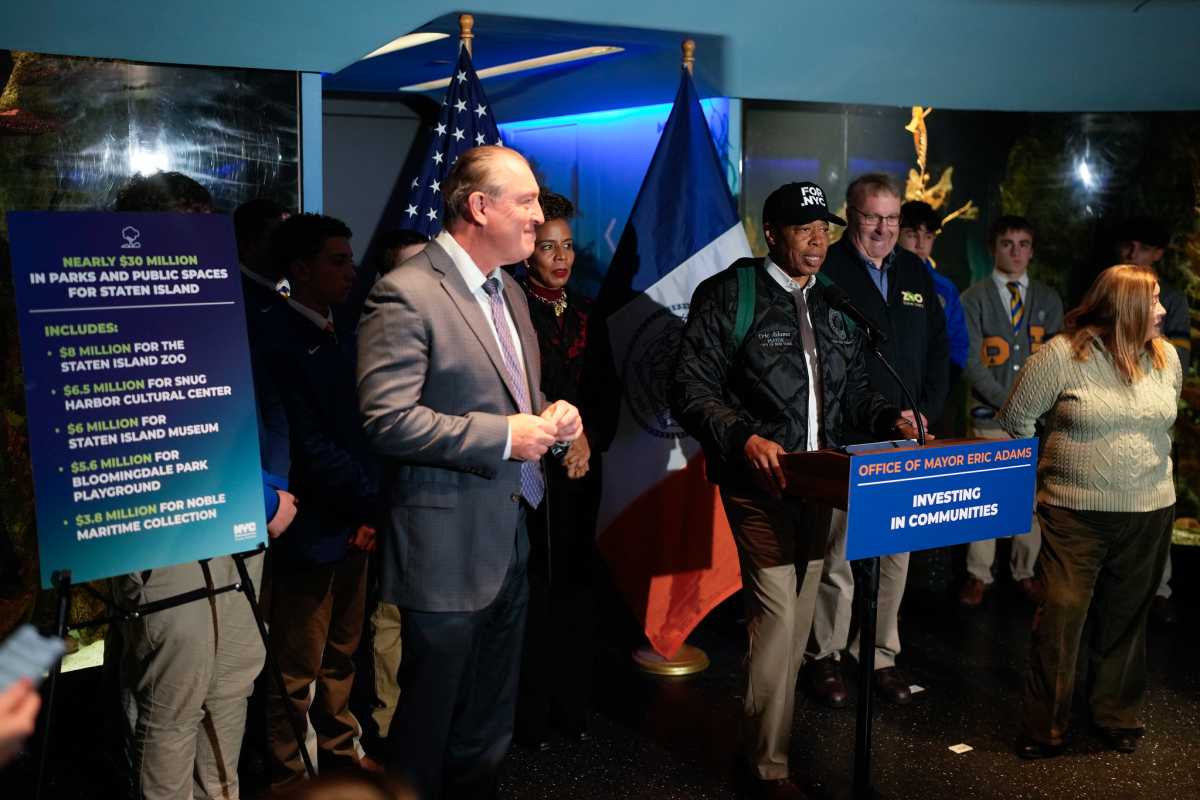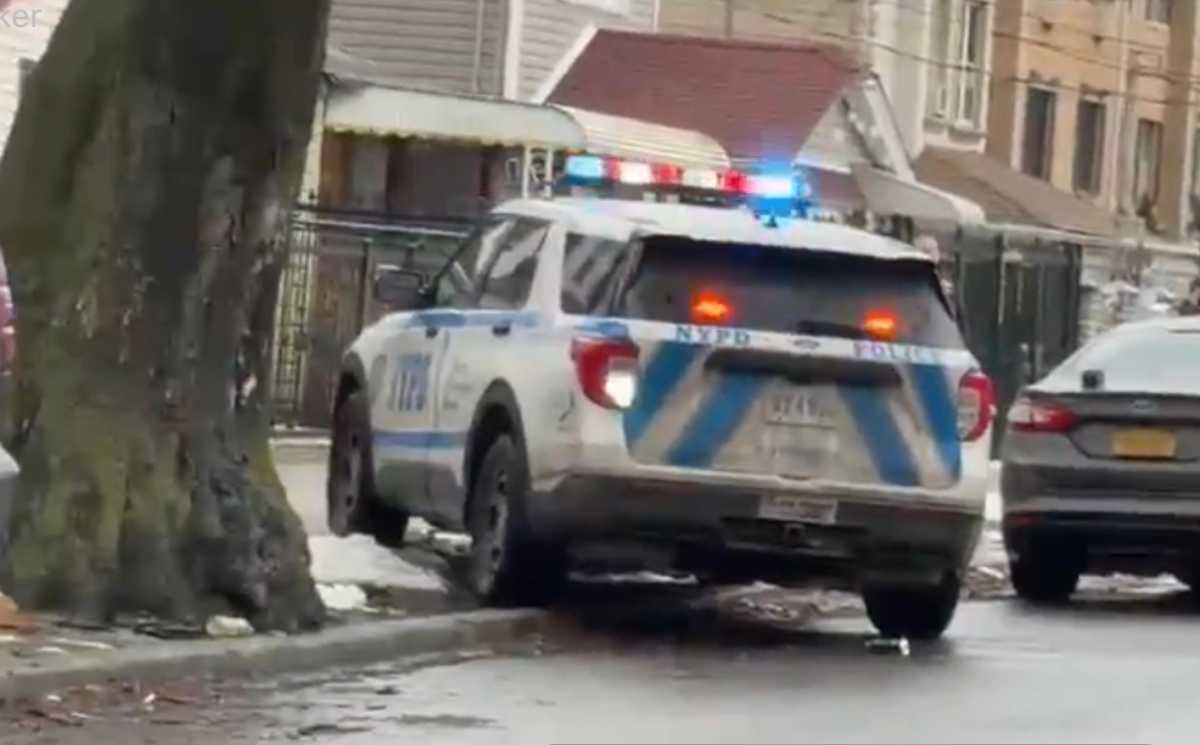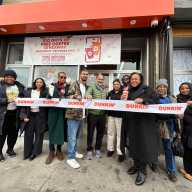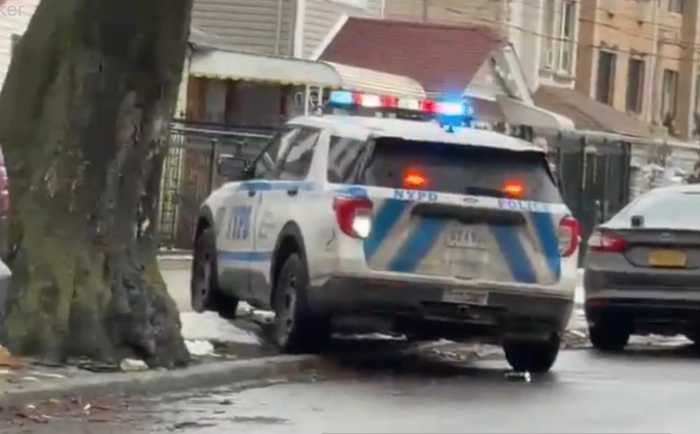BY CITY COUNCILWOMAN ELIZABETH CROWLEY
Queens is New York City’s fastest-growing borough. We are experiencing not only the largest increase in population, but also growth in workforce and economic development. As a city, it is crucial we support this growth with an expansion of smart, sustainable transportation.
Improved public transportation and interborough (Brooklyn-Queens) transit are greatly needed to ease the burdens this growth has brought. However, Queens is lacking this infrastructure, with not enough transit options and some of the most overcrowded streets. Commercial corridors such as Fresh Pond Road, Myrtle Avenue, Metropolitan Avenue and Grand Avenue are plagued with congestion, unreliable bus service and overcrowded subways. This congestion and overcrowding happens around the clock and is exasperated during rush hour.
Through these transit-poor communities runs the Long Island Railroad (LIRR) Lower Montauk branch. This rail line runs east to west and is still maintained by the LIRR, but is used by the New York Atlantic Railway for private freight transport. This public right-of-way is an invaluable resource that must be tapped and used for our local commuters’ benefit.
When it comes to public transportation, most New Yorkers would agree trains are the most efficient option. So, why not take advantage of this track, already open and available for use?
I believe we could start to take advantage of this rail by implementing an efficient and accessible light rail service from Glendale and through other neighborhoods to Long Island City, and since bringing this proposal to the Ridgewood Times last month, it has been met with great local support.
Light rail is exactly the smart, sustainable service that would accommodate Queens’ continuing growth. It is environmentally friendly and, in this particular location, could provide intraborough transit to Brooklyn and Manhattan while also facilitating the ever-growing industries in our local communities.
A light rail car is the size of approximately three city buses, but travels without the common delays buses meet on crowded city streets. The average New York City Transit bus needs to be replaced every 13 years, while light rail cars last about 50 years. Additionally, when considering the size of a bus versus a light rail car, they are ultimately similar in price, thereby proving them to be more cost-efficient in the long run. Adding to the long list of light rail advantages, it is quieter and more energy-efficient than buses.
Across the country, newly developed, vibrant communities have been forming around this type of affordable, sustainable transportation. This is happening in cities as far as Portland, Oregon, and Phoenix, Arizona, but also right across the East River in Hudson County, New Jersey. In New Jersey, the rail line has contributed to the revitalization of cities like Jersey City, Weehawken and Hoboken.
Along the Lower Montauk line right-of-way are neighborhoods so close to the heart of New York City, yet so underserved in public transportation. These communities, rich with history and overflowing with hometown pride, are unlike any other place in the world.
Train service could also significantly strengthen the local economy. So much of the area surrounding this once-vibrant right of way is filled with industrial buildings and storage facilities. But an environmentally sound light rail service could encourage different types of businesses to plant roots in our communities. It would also provide a quick connection to Long Island City, the East River Ferry and Roosevelt Island, which will soon be home to “The Bridge at Cornell Tech” graduate center.
This project could be tackled with minimal cost. While most transit capital transit projects cost hundreds of millions of dollars, this plan will be a fraction of that. The most expensive piece — the right-of-way — already exists, as does the rail itself.
In a borough and economy growing faster than city planners can prepare for, we must take advantage of every option we have to improve the economic opportunities and the overall quality of life. This project is ideal for our growing population.
RECOMMENDED STORIES

